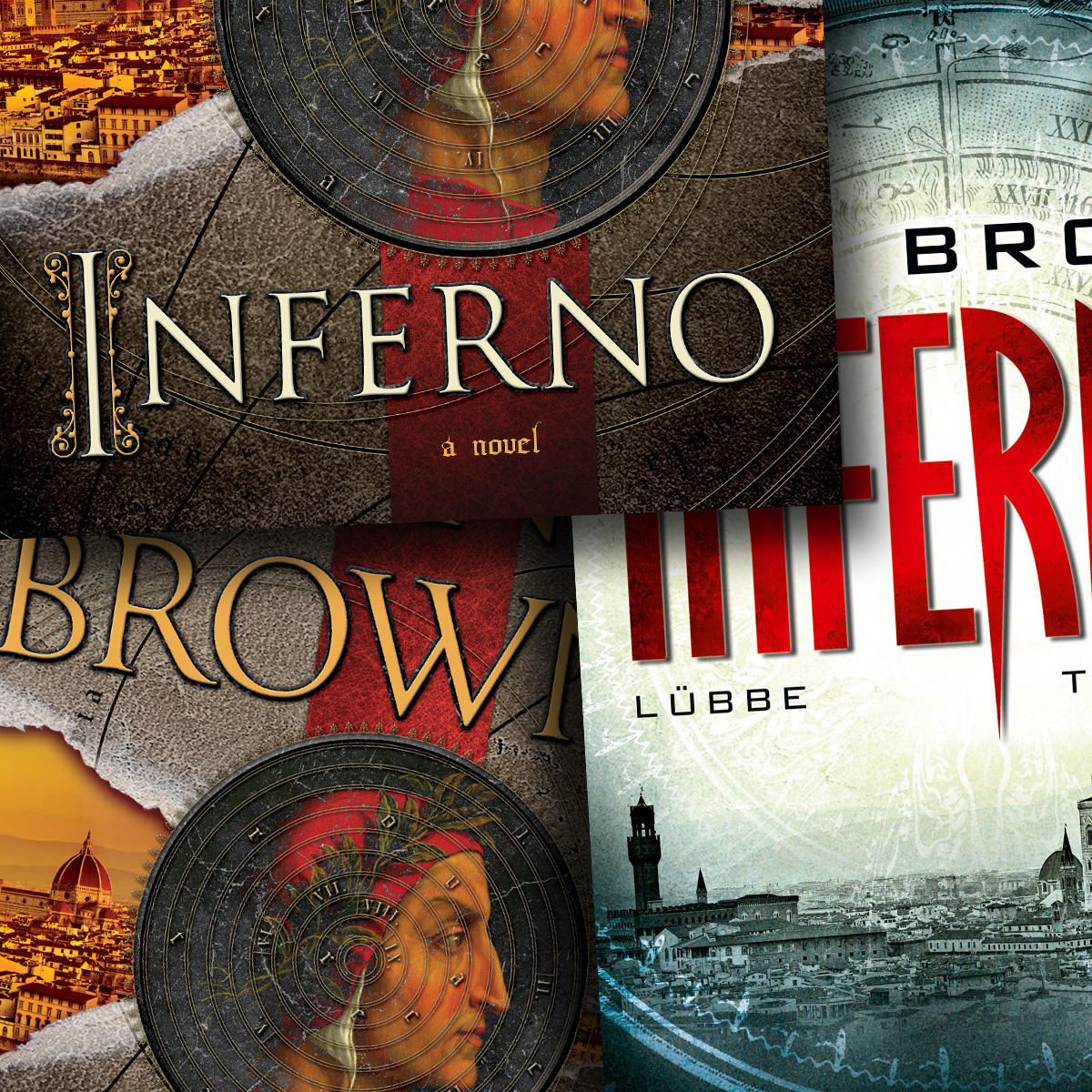
They had reached the end of La Cerchiata’s leafy tunnel and dashed across an open lawn into a grove of cork trees. The pathway’s name, La Cerchiata-literally “circular” or “hooped”-derived from its canopy of curved trees resembling barrel stays or cerchi. It was enclosed on either side by a phalanx of pruned holm oaks, which had been carefully trained since the 1600s to arch inward over the path, intertwining overhead and providing an awning of foliage.

Beyond the opening, a slender footpath stretched out into the distance-a tunnel running parallel with the Viottolone. The wall of dense greenery had a small arched opening cut into it.


The Viottolone was as wide as a two-lane road and lined by a row of slender, four-hundred-year-old cypress trees. “The Pitti Palace is that way,” Langdon said, pointing east, away from the Isolotto, toward the garden’s main thoroughfare-the Viottolone, which ran east–west along the entire length of the grounds. The Isolotto, he thought, recognizing the famous sculpture of Perseus on a half-submerged horse bounding through the water. In the distance to their left, Langdon spied an elliptical-shaped lagoon with a small island adorned with lemon trees and statuary. They were standing beneath the trees at the edge of a wide-open plaza where several paths intersected. More important, traversing the Boboli Gardens would eventually lead them to the Palazzo Pitti, the stone citadel that once housed the main seat of the Medici grand duchy, and whose 140 rooms remained one of Florence’s most frequented tourist attractions. After all, the gardens were vast and had no shortage of hiding places-forests, labyrinths, grottoes, nymphaea.

Langdon had little doubt that if he and Sienna could gain entrance to the gardens, they could make their way across it, bypassing the Porta Romana undetected. The massive expanse of the Boboli Gardens was now a popular tourist attraction. Along the Isolotto through the tunnel of leaves and Viottolone to the Neptune fountain and from there to the Grotta del Buontalenti and the door that provides access to the Vasari Corridor. I visited the Gardino di Boboli and in search of the places that are mentioned in the book. The main characters of the story Robert Langdon and Sienna Brooks traverse the famous gardens in their attempt to escape their pursuers. The latest bestselling novel by Dan Brown “Inferno” is for a large part set in Florence and one of the places that play a prominent role in the story is the Giardino di Boboli (Boboli Garden).


 0 kommentar(er)
0 kommentar(er)
